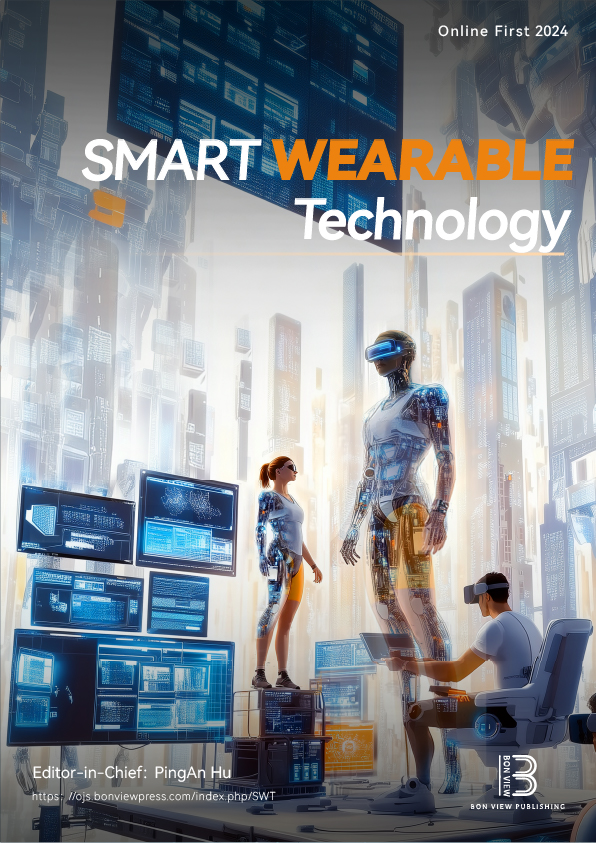From Wires to Wearables (2): Temporal Fidelity Assessment of the Sydäntek Wearable ECG System Against a Legacy Cloud-Based Standard
DOI:
https://doi.org/10.47852/bonviewSWT52027014Keywords:
temporal fidelity, interval concordance, calibration pulse analysis, IEC 60601-2-25 compliance, wearable ECG validationAbstract
Validation of wearable electrocardiography (ECG) systems is critical to establishing diagnostic reliability and meeting regulatory standards. In this second installment of the Wires to Wearablesseries, we evaluate the temporal fidelity of the Sydäntek platform from Carditek Medical Devices against the Food and Drug Administration (FDA) approved, cloud-enabled Welch Allyn CardioPerfect™ system. The analysis focuses on core interval measurements: PR, QRS, and QT durations. Simultaneous recordings of calibration pulses and clinical ECGs were obtained using both devices across 498 patient datasets. Interval measurements were assessed using IEC 60601-2-25 benchmarks. Validation tools included agreement funnel plots for tolerance compliance assessment, Bland–Altman analysis for bias and dispersion visualization, and polar accuracy spider plots for sectoral alignment and precision mapping. Together, these methods captured comparative accuracy and reference fidelity between systems. Sydäntek demonstrated >99% concordance within strict ±5 ms tolerance thresholds in calibration pulse analyses, outperforming Welch Allyn, which showed broader dispersion. In clinical ECG recordings, Sydäntek consistently exhibited tighter limits of agreement and stable sectoral placement across all intervals. Despite the recognized variability, Welch Allyn served as the comparator due to its FDA-approved status and established cloud infrastructure. The Sydäntek wearable system achieves superior temporal accuracy and consistent reference alignment across both calibration and clinical datasets. With its high-fidelity signal acquisition, cloud-ready design, and decentralized deployment potential, Sydäntek is well-positioned for expanded validation within the “Wires to Wearables” framework and future clinical integration.
Received: 1 August 2025 | Revised: 19 September 2025 | Accepted: 30 September 2025
Conflicts of Interest
Dr. Sugandhi Gopal is an interventional cardiologist and is also the principal designer of the Sydäntek wearable ECG platform and holds a directorship position at Carditek Medical Devices, the entity responsible for its development and strategic deployment. This affiliation may be perceived as a potential conflict of interest. The author affirms that all data interpretation, study design, and manuscript preparation were conducted objectively and independently and that institutional efforts have been made to maintain transparency and scientific rigor throughout the research process.
Mr Mohith Subramanian and Ms Poulami Roy, engineers, are involved in this project and are affiliated with Carditek Medical Devices in roles specific to signal processing and algorithm development. Their contribution was technical in nature and did not influence the study’s clinical design or data interpretation.
Ms Indu Subramanya served as clinical trial coordinator, and her role was limited to study logistics, data collection, and regulatory alignment. None of the above holds any financial or professional interest in Carditek Medical Devices.
Five senior cardiologists—alongside and including Dr Sugandhi Gopal, Dr Prabhavati Bhat, Mukund Prabhu, Sharada Sivaram, and V J Karthikeyan—participated in clinical evaluation and interpretation of ECGs, specifically assessing device-generated changes and their implications on diagnostic decision-making. These clinicians have no financial ties to Carditek Medical Devices and declare no conflicts of interest regarding this study.
All contributors affirm adherence to ethical research practices and confirm that their roles did not introduce bias or commercial influence into the study’s execution or reporting.
Data Availability Statement
The data is available in a folder that is domain dependent and may be provided for research purposes with adequate justifications.
Author Contribution Statement
Sugandhi Gopal: Conceptualization, Methodology, Resources, Data curation, Writing – Original draft, Writing – review & editing, Visualization, Supervision, Project administration, Funding acquisition. Prabhavathi Bhat: Validation. Sharada Sivaram: Validation. Mukund Prabhu: Validation. V. J. Karthikeyan: Validation. Poulami Roy: Methodology, Software, Formal analysis, Investigation. Mohith Subramanian: Software, Formal analysis, Investigation, Data curation, Writing – review & editing, Visualization. Indu Subramanya: Investigation.
Downloads
Published
Issue
Section
License
Copyright (c) 2025 Authors

This work is licensed under a Creative Commons Attribution 4.0 International License.


